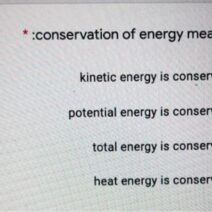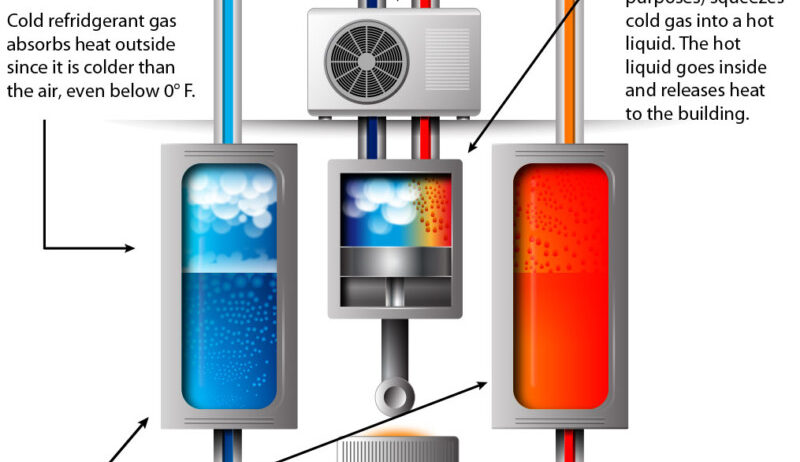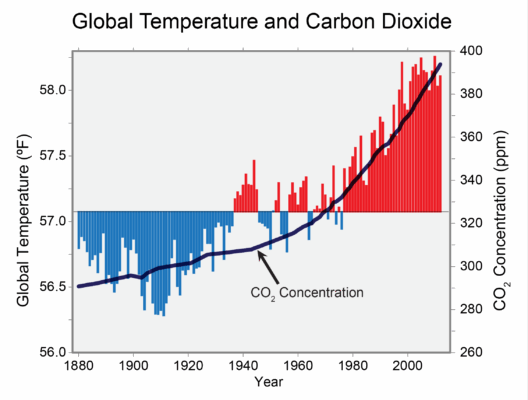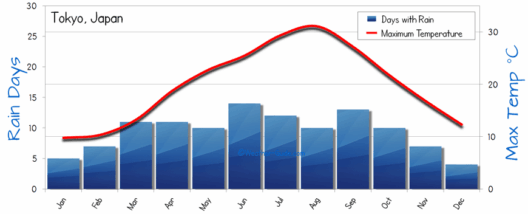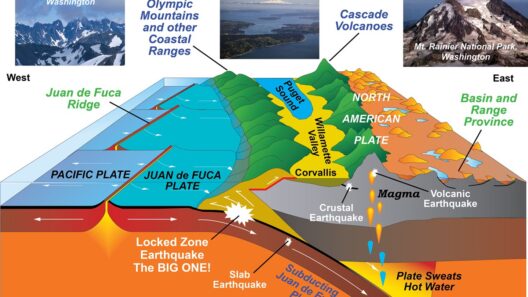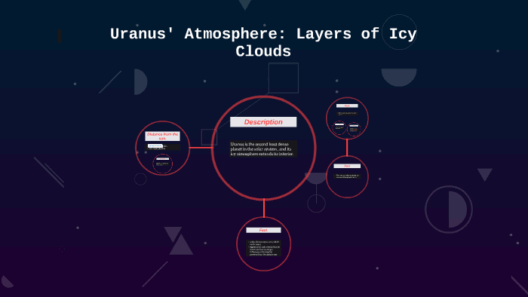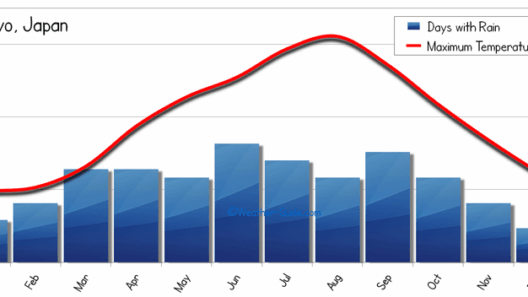As winter descends, one can’t help but ponder: do heat pumps really operate efficiently in frigid climates? The notion strikes many as paradoxical. Heat pumps are touted as the eco-friendly alternatives to traditional heating methods, but do they hold their ground amid cold snaps and frosty mornings?
To explore this dilemma, one must first unravel the intricacies of how heat pumps function. Essentially, a heat pump is an ingenious device that transfers thermal energy from one location to another. During winter months, heat pumps extract heat from the outside air, even when temperatures plummet. This process might seem counterintuitive; after all, how can machines capture warmth from a frigid air mass? Yet, that’s where the science of thermodynamics plays a pivotal role.
Heat pumps operate on a principle known as refrigeration. By employing a refrigerant that evaporates at low temperatures, these systems can absorb heat even in less-than-ideal conditions. The heat extracted is then compressed and transferred indoors, providing a cozy atmosphere for inhabitants. Consequently, one might wonder: if they can draw warmth from such cold air, how effective can they truly be?
This leads us to a critical evaluation of their efficiency. The efficiency of a heat pump is typically measured using the coefficient of performance (COP). This metric reflects the ratio of heat output to energy input. In mild climates, heat pumps can achieve an astounding COP of 3 to 4, meaning for every unit of energy consumed, they can produce three to four times that amount in heat. However, in sub-zero temperatures, the COP can drastically diminish. So, are heat pumps still a viable option in colder regions?
The answer is nuanced. While many modern heat pumps are designed to perform well in low temperatures, their efficiency can falter as the mercury drops. Enter the cold climate heat pump (CCHP). These specially engineered systems are built to withstand the rigors of harsh winters, maintaining higher COP values even when external temperatures reach 5°F or lower. By incorporating advanced features like variable-speed compressors and enhanced insulation, these pumps mitigate the efficiency loss commonly associated with standard models.
It’s also essential to consider the Renewable Heating Incentive (RHI) which encourages the deployment of heat pumps in regions where they can be most effective. With this financial backing, homeowners in frigid climates are incentivized to transition to these sustainable heating solutions. Although upfront costs may deter some, the long-term savings on energy bills and the reducing carbon footprint should weigh heavily in decision-making processes.
However, the transition does not come without challenges. Homeowners must ensure their dwellings are adequately insulated to maximize heat pump effectiveness. Poor insulation could lead to significant heat loss, undermining the energy-efficient potential of the system. Additionally, there’s the risk of relying heavily on auxiliary heating sources during extreme cold spells, which can negate the primary advantages of heat pumps.
The debate surrounding heat pump efficiency invites another pertinent question: can these systems maintain comfort and reliability during the coldest spells? Historical data has shown that CCHPs can perform admirably in the face of severe winter conditions, sometimes even competing with traditional heating methods. Nevertheless, some skeptics still question their ability to deliver consistent warmth during prolonged Arctic-like weather conditions.
Innovations in heat pump technology are addressing these concerns head-on. Variable-speed pumps, for example, adjust their output to match the heating demands of the home, thus enhancing efficiency without unnecessary energy consumption. Additionally, the integration of smart thermostats is revolutionizing how households manage their heating systems. By optimizing performance based on external conditions and user preferences, these technologies present significant improvements in comfort levels.
Aside from technological advancements, the broader implications of utilizing heat pumps in cold climates cannot be overlooked. Transitioning to heat pumps aligns with global sustainability goals, significantly reducing greenhouse gas emissions. The shift towards electrified heating not only promotes cleaner air but also paves the way for greater reliance on renewable energy sources such as wind and solar. Thus, the role of heat pumps becomes increasingly critical as the world seeks to combat climate change.
As we navigate the complexities of winter heating, it is vital to recognize the potential of heat pumps, even in challenging cold climates. Although there are obstacles to overcome, advancements in technology and thoughtful home design present a feasible path forward. Heat pumps stand at the forefront of an energy-efficient revolution, one that beckons homeowners to reconsider traditional means of winter heating.
To conclude, the question remains: are heat pumps the panacea for winter heating needs in frigid regions? While they may not be a one-size-fits-all solution, the nuanced benefits they offer, combined with ongoing innovations, suggest that they are indeed worthy contenders in the quest for sustainable home heating. Their growing prominence in a world increasingly focused on reducing carbon emissions makes them a topic deserving of thorough exploration. The future of heating could very well lie in the hands of these versatile machines, provided we approach their installation and usage with thoughtfulness and foresight.
